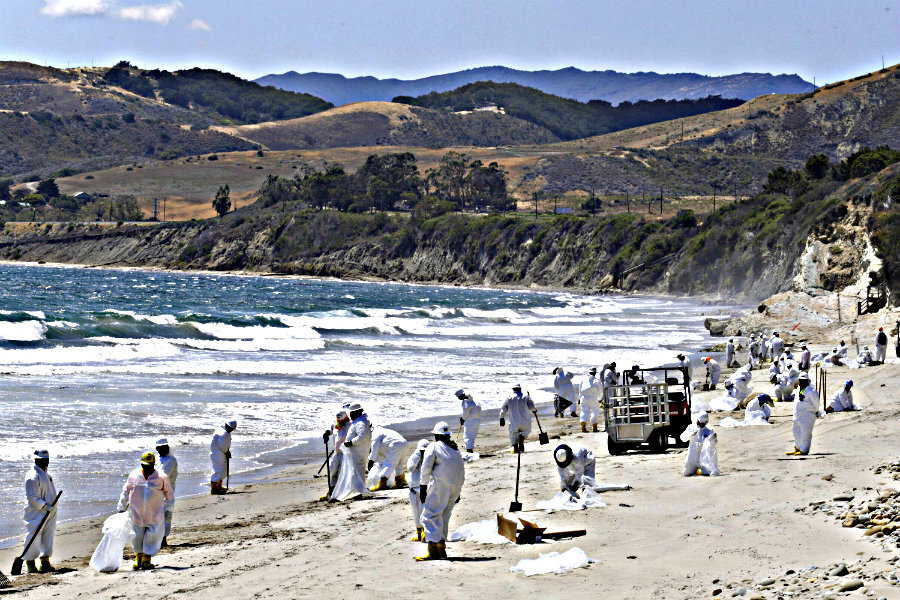Why the drought is making California's beaches cleaner
Beach water quality is inching upward in the Los Angeles County area for a surprising reason: California's drought.
Southern California beaches performed well on water quality rankings, according to an annual report card published by environmental group Heal the Bay, which measures bacteria up and down the West Coast from Washington State to the Mexican border.
This year, Heal the Bay reports that 95 percent of California beaches, and about 97 percent of Southern California beaches, received an A or B grade on the summer dry report. Still, just four of the state's 10 worst beaches are in the Los Angeles/Orange County area. Two are located by piers (Santa Monica and Redondo), which are hotspots for pollution.
Despite these four major black marks on Southern California's report card, however, the area has stepped up water health: Los Angeles County, for example, had 92 percent of beaches in the A or B zone, six points higher than its five-year average.
Ignoring water quality problems can cost area officials. Polluted coastlines can not only frighten away billions in coastal tourism revenue, but they can also cause public health problems that hit local economies where it hurts.
Coastal tourism and recreation is a substantial part of California's economy, bringing in around $17.6 billion, according to a 2015 National Oceanic and Atmospheric Administration report.
Swimmers, boaters, and others who use coastal waters for recreation can encounter high bacteria counts linked to health problems, making some would-be beach-goers wary. All told, the economic costs of related health issues add up to between $21 million and $51 million each year in southern California alone, a study by researchers from the University of California, Los Angeles and Stanford calculated in 2006.
With the modest improvement in Southern California's coastal water quality come questions: Why did it do well this year, and what can keep it this way?
The state's hard-learned lessons from its ongoing drought may be a major factor in keeping beaches clean, according the the report.
Wet season pollution rankings are dramatically worse than dry season rankings, with just 55 percent of all California beaches receiving an A or B grade in the rainy season.
Yet the California drought has dramatically decreased the amount of rainfall that has the opportunity to become runoff, bringing chemicals and other bacteria along with it on its path to the ocean. Pollutants are especially likely to enter the water near water outlets such as creek mouths and storm drains, and under overhangs where animals such as birds can roost.
Rainfall levels have been below average for years, prompting scientists to conclude that, as terrible as the drought is for the rest of California, it may be improving water quality along the state's coasts.
The drought has also prompted strict rules about water use, helping to lower runoff levels, though the state has recently taken steps toward allowing cities and towns to set their own water conservation rules.
But scientists, such report co-author Leslie Griffin, say that Californians shouldn't let themselves off easy with water conservation measures.
"We don't want people to go back to their bad behavior because rainfall comes back," Heal the Bay scientist Dr. Griffin told the Los Angeles Times. "This is something we should be doing going forward."







